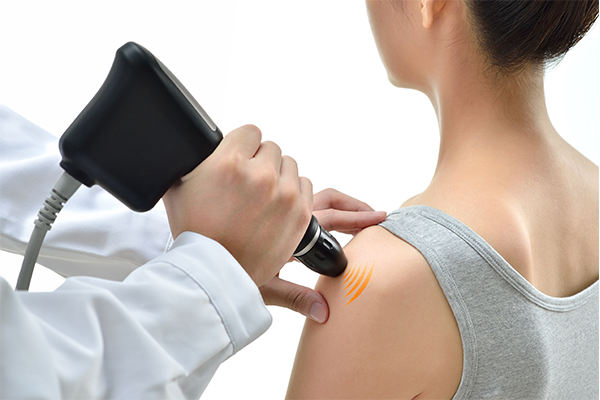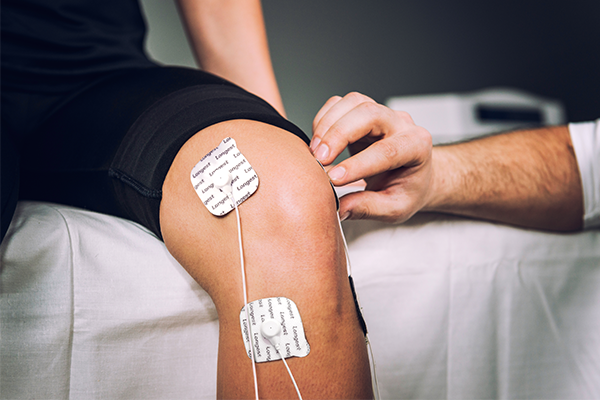Women and Pain management
Women suffer from almost all chronic pain conditions to a much greater extent than men. Additionally, they also suffer from female-specific pains, such as period pain, low back pain after childbirth, and labor pain. 1 in 2 women says the pain has a high impact on their lives and they have to stop or adapt their daily routine.
Chronic Pain Conditions
Chronic pain is the pain lasting for more than 6 months. It affects people’s daily activities, reduces social engagement, and causes stress and depression. One-third of the world’s population is in pain every day, and this is not just the elderly population. 1 in 5 chronic sufferers is under 30 years old. A higher proportion of women experienced chronic pain and reported significantly higher pain intensity scores than men did worldwide. however women are less likely to receive treatment.
- Fibromyalgia
Fibromyalgia is a condition that causes widespread pain, sleep problems, fatigue, problems with memory, concentration and thinking and mood issues. It affects approximately 2.7% of the world’s population and commonly occurs in women.
Complications of fibromyalgia:
- More hospitalization
- Lower quality of life
- Higher rates of major depression
- Higher death rates from suicide and injuries
- Higher rate of other rheumatic conditions
- Osteoarthritis (OA)
Osteoarthritis (OA) is a chronic condition that can affect any joint, but it occurs most often in the hands, knees, hips, lower back and neck. The condition ranks fifth among all forms of disability worldwide. Anyone who injures or overuses their joints, including athletes, military members, and people who work physically-demanding jobs, may be more susceptible to developing this disease as they age. And Women are more likely to develop OA than men, especially after age 50, and report more severe pain scores than men. Currently, there is no cure for OA, but the symptoms can be relieved and controlled by physical therapy.
- Pelvic Pain
Pelvic pain is felt in the lower part of the tummy. It may be sudden and severe (acute pelvic pain) or last 6 months or longer (chronic pelvic pain). Pelvic pain reduces the quality of life and interferes with the ability to work, exercise, or enjoy hobbies. It occurs in both women and men but is more common in women. Pelvic pain in women can be caused by:
- menstrual pain
- problems affecting the female reproductive system
- Irritable Bowel Syndrome
- pregnancy
Menstrual pain
Menstrual pain or period pain is common and a normal part of the menstrual cycle. Severe period pain often comes alongside other symptoms such as tiredness, clumsiness, swollen stomach, tender breast, lack of concentration, etc. It also affects your work and makes it difficult to sleep.
Prevalence of Menstrual pain
Approximately 80% of women globally experience menstrual pain at some point in their lives. This is most common among young to mid-aged (18-44) women (93%-95%). The prevalence is highest in the Middle East regions (96%) followed by South & Central America (87%). (Source: Global Pain Index Report)
Severity of Menstrual Pain
It’s usually felt as discomfort and painful muscle cramps around the abdomen and can spread to the lower back and thighs. The pain sometimes comes in intense spasms, while at other times, it may be dull but more constant. The period varies with people’s physical condition. Some people may feel little or no discomfort, while others may be more painful. 1 in 3 women scores their menstrual pain as very severe, the second highest across all pains.
Pain Related to Childbirth
- Labor Pain
While delivering, the uterus contracts powerfully to squeeze the body out. These contractions are the main cause of pain. And this pain can be felt as strong cramping in the abdomen, sometimes the entire torso and pelvic area. Reducing pain more effectively and safely during labor is the most wanted of every mom-to-be. There are many pans relief options. When choosing a pain relief option, nearly all moms said the health and safety of themselves and the baby was an important factor in their decision.
“ Childbirth is painful. But it’s manageable.”
- Postpartum Low Back Pain
Low back pain (LBP) greatly impacts life as it can occur while walking, lifting, bending, or baby carrying.
The pain is common and intense in the postpartum period. More than 67% of the women experienced back pain directly after childbirth. The pain can last for 6 months but sometimes it may continue for up to a decade.
LBP seems to decrease over the postpartum period. However, while the majority of cases resolve within 6 months postpartum, 40% may continue to experience pain over 6 months. And women who experience LBP at 3 months postpartum were found to be at higher risk for chronic LBP. Of these women, only 6% recover within 6-18 months after childbirth.
The severity of postpartum LBP varies. Some can be treated with rest, exercise, and home treatments. If the pain progresses over time and develops a new symptom such as numbness or weakness in the legs, medical attention is required. Leaving the LBP untreated after delivery may lead to chronic pain, affect daily functioning and reduce the overall quality of life.
Solutions
Non-invasive, fast, and safe solutions to manage pain effectively, excellent alternatives to medication and surgery.
More Information
Download: Women and Pain Management Brochure
Have a question? Talk to us
If you have any questions, please submit the form below and we will get back to you shortly.



